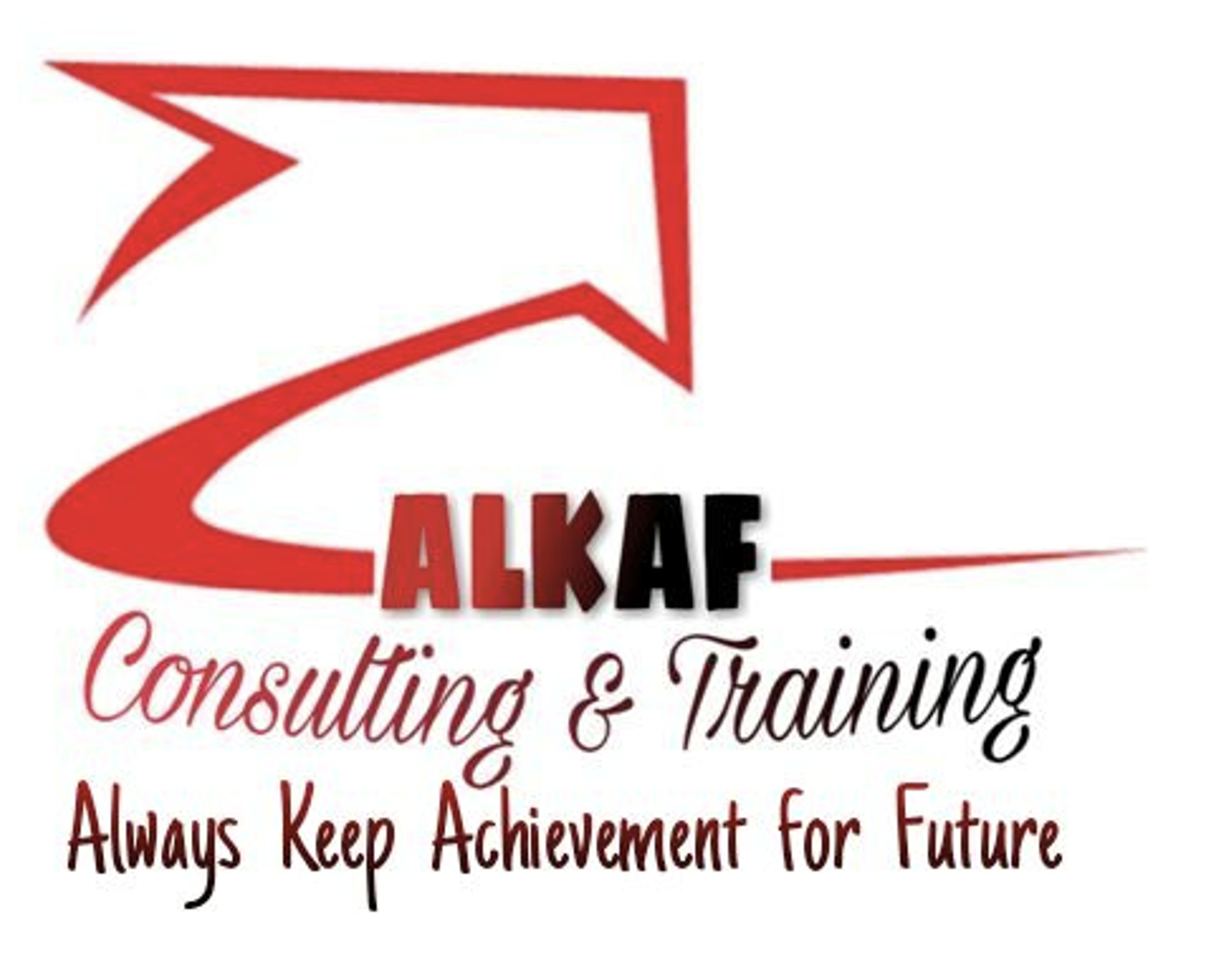- Main
- Our Services
- Our programs
- Business and data intelligence using SPSS
- Power BI
- ISO 22000 Food Safety Management
- NDT Training
- ISO 17025 international standard
- ISO 9001 Quality Management System
- Metrology Calibration and Measurements
- Laboratory Risk Assessment and Management
- Basic English course for beginners, first level
- Basic English Course for Beginners Level 2
- Foundation course for teaching Microsoft
- call us
English
- Main
- Our Services
- Our programs
- Business and data intelligence using SPSS
- Power BI
- ISO 22000 Food Safety Management
- NDT Training
- ISO 17025 international standard
- ISO 9001 Quality Management System
- Metrology Calibration and Measurements
- Laboratory Risk Assessment and Management
- Basic English course for beginners, first level
- Basic English Course for Beginners Level 2
- Foundation course for teaching Microsoft
- call us
English
